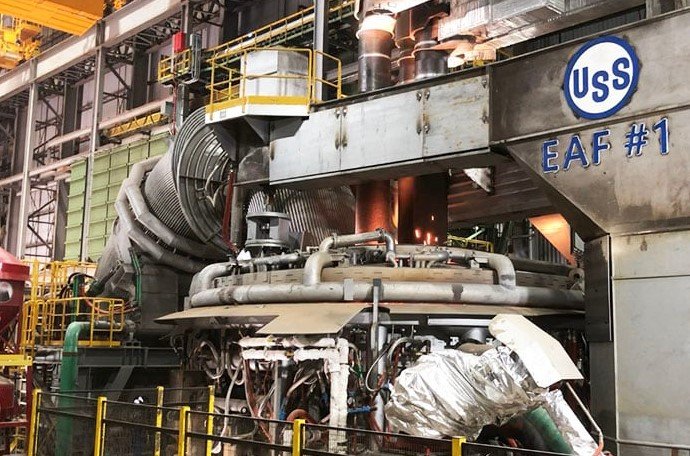Steel Tariffs Return, but at What Cost?
Former U.S. President Donald Trump is once again making tariffs a centerpiece of his economic strategy. His latest move—slapping a 25% duty on steel and iron imports—echoes the protectionist policies of his first term. But history suggests these measures often backfire, hurting businesses, consumers, and the broader economy more than they help.
The numbers tell a cautionary tale. During Trump’s first term, tariffs on roughly $400 billion worth of goods led to unintended consequences. A 2019 Federal Reserve study found that industries most exposed to these trade barriers saw job losses rather than gains. Manufacturing employment shrank by about 75,000 positions as companies struggled with higher input costs. Meanwhile, the Congressional Budget Office estimated that by 2020, trade restrictions had shaved 0.3% off real GDP and reduced the average household income by $580.
Metal Stocks Take a Hit as Market Reacts
Investors aren’t thrilled about the renewed tariff push. The metal sector is under pressure, with shares of major steelmakers and allied industries sliding. Companies reliant on imported steel—such as automakers and construction firms—are also feeling the heat.
- U.S. Steel (X) and Cleveland-Cliffs (CLF) both opened lower as concerns over higher costs spooked investors.
- Major aluminum producers like Alcoa (AA) also saw declines, as markets weighed the possibility of retaliatory tariffs from key trade partners.
- Industries that depend heavily on steel, including car manufacturers and appliance makers, face increased expenses that could be passed down to consumers.
Market analysts believe uncertainty around future trade relations could keep investors on edge in the coming weeks.

U.S. Steel Industry’s Mixed Reaction
The U.S. is the fourth-largest steel producer in the world, but it still relies heavily on imports from countries like Canada, Mexico, and Brazil. American steelmakers have long lobbied for tariffs to protect domestic production, but the broader impact on industries that consume steel has often sparked debate.
While some domestic manufacturers welcome the move, others worry about higher costs and retaliatory actions from trading partners. China, which produces over half of the world’s steel supply at 1,019 million metric tons annually, has yet to respond, but experts warn of potential countermeasures.
“Tariffs have always been a double-edged sword,” said a senior executive from a leading U.S. manufacturing firm. “They may protect some jobs, but they often cost many more.”
The Economic Ripple Effect
The effects of these tariffs won’t be confined to the steel industry. Sectors that rely on affordable metal prices could see significant cost hikes, affecting everything from housing prices to consumer goods.
- Automakers: Higher steel costs could add hundreds of dollars to vehicle production costs, forcing companies to either absorb the hit or pass it onto buyers.
- Construction: Infrastructure projects and housing developments may face increased expenses, potentially slowing growth.
- Consumer Goods: From refrigerators to washing machines, many household products contain steel components, meaning price hikes could trickle down to everyday items.
This isn’t just about numbers. For families already stretched thin by inflation, another round of price hikes could be the last thing they need.
Apollo Hospitals and Nykaa in Focus Amid Broader Market Jitters
While metal stocks are taking a hit, other sectors remain in focus. Apollo Hospitals, a leading healthcare provider, is drawing attention as investors look for defensive stocks amid market uncertainty. Meanwhile, Nykaa, India’s leading beauty and lifestyle retailer, is under the spotlight as it expands its digital and physical footprint.
Investors are watching these companies closely as broader economic trends unfold. Healthcare stocks often perform well in volatile times, while consumer retail faces a mixed outlook depending on spending patterns.
Looking Ahead: What’s Next for Trade Policy?
The latest round of tariffs could be just the beginning. If history is any guide, more trade restrictions could follow, further straining U.S. relations with key partners. The question remains: Will this move boost domestic manufacturing, or will it repeat past mistakes and drag down economic growth?
